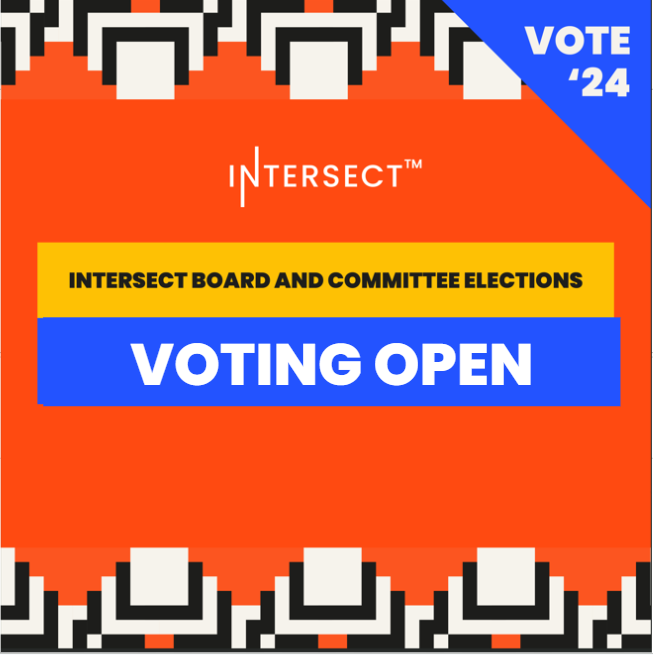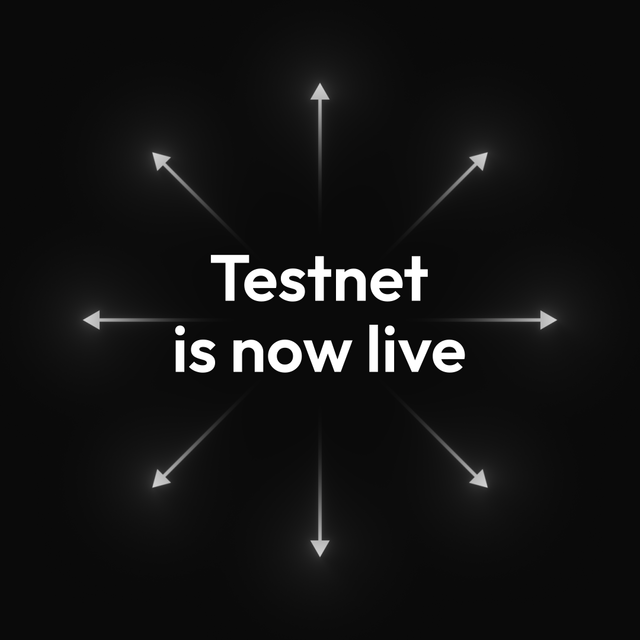Is Cardano economically sustainable in the long term?
The decentralised network is a complex mechanism, of which the economic model is a key component. Sufficiently large revenues are a prerequisite for long-term economic sustainability. Most blockchain networks, including Cardano, have a small user base shortly after launch,...

The decentralised network is a complex mechanism, of which the economic model is a key component. Sufficiently large revenues are a prerequisite for long-term economic sustainability. Most blockchain networks, including Cardano, have a small user base shortly after launch, so economic incentives are based on issuing new coins. This may work well for a few years, but long-term sustainability must be based on utility, not the inflation of coins. In this article, we will focus on staking from the perspective of long-term economic sustainability.
TLDR:
- Up to 99% of the funds for economic incentives come from monetary expansion. This is true not only for Cardano but also for Bitcoin and other networks.
- Many external factors affect long-term economic sustainability.
- Coins in the reserve are a finite resource. The network must have a revenue stream that stems from the utility. This resource might be infinite.
- Staking will be sustainable in the long term if the Cardano network is useful enough and attracts enough paying users. This will provide revenue for economic incentives that ensures decentralization and security.
Where do ADA coins for economic incentives come from?
Economic incentives are the reason for operating a staking pool. Pool operators voluntarily choose to operate their own staking pool because they can calculate costs and revenues. The business must be profitable. One of the reasons for staking ADA coins is economic incentives. People see staking as passive income. In both cases, the Cardano network rewards all participants with ADA coins. For the Cardano network, the rewards represent an expense. The Cardano network pays participants for security and decentralisation.
Cardano pays rewards every epoch, i.e. every 5 days. At the time of writing, the network's expenditure is roughly 13M ADA coins, which are used for economic incentives. Cardano has a revenue stream. ADA coins are generated from the collection of fees. Each epoch the network collects roughly 150,000 ADA coins. Notice that Cardano has significantly higher expenses than revenue. Revenue is only 1% of the network's total spending on economic incentives.
99% of the network's current expenses are covered by ADA coins that are held in the reserve. There are currently approximately 9,870,000,000 ADA coins in the reserve. For every epoch, the parameter (ρ) is used to define the monetary expansion. This parameter is used to calculate the amount to be withdrawn from the reserve. It is currently set to 0.003. This number is multiplied by the ADA coins in the reserve and the resulting amount is used for rewards (do not forget that Cardano has a project treasury). It is important to know that the portion of ADA coins calculated for rewards will go back into the reserve, as the reward is never paid in full. It is only about half.
The number of ADA coins is capped at 45,000,000,000, so it is clear that the coins in the reserve are gradually running out. In the picture below you can see what the rewards are paid out of.

The vast majority of current decentralised blockchain networks, including Bitcoin, operate similarly. In Bitcoin blocks, you will find fees ranging from 0.01 to 0.2 BTC. When it takes longer than average (10 minutes) to mine a block, more transactions accumulate in the mem-pool, so the fee is higher in the subsequent block. This only happens occasionally, say roughly once per hour. So usually the fee is in the range of 0.02 to 0.05 BTC but sometimes it can be 0,2 BTC. The block reward is currently 6.25 BTC. We can say that even in the case of Bitcoin, the fees are roughly 1 to 5% of the total network expenditure. Most of the reward comes from the issuance of new BTC coins.
Bitcoin has been running since 2009, and even it has failed to secure higher revenues stemming from the utility. It is still dependent on monetary expansion.
Participants' revenue is affected by many other factors.
Many other variables come into play. The volatility of coins is unpleasant, as it is difficult to predict the profitability of a business. Pool operators and delegators are rewarded with ADA coins. The protocol always pays similar rewards in native coins, regardless of the cost of operating the pool, which the operators pay in USD. If the market value of ADA coins falls, the operators' revenue pool falls. Pool operators must anticipate a decline in the market value of ADA coins and it is possible that operating a pool in a deep bear market may not be profitable for some.
There are no direct costs associated with staking. Delegators are therefore in a better position than pool operators. They hold their stake and still earn rewards for contributing to the security and decentralisation of the network. It is important for the network that decentralization and security do not decline too much in a bear market. As the market value of ADA coins declines, security declines in part, but not decentralization. Delegators deserve rewards for staking. In the context of the article, it is important that the network always has a sufficient number of ADA coins to reward all participants.
Another important factor is the adoption rate and the general mood of the market. All networks indiscriminately are used significantly less in a bear market, and conversely, their use increases significantly in a bull market. The difference can be severalfold. Blockchain networks need to offer a utility that will be used by users continuously regardless of market sentiment. This will stabilize the revenue generated from service fees.
Cardano is a platform, so it has huge potential in terms of generating revenue from the utility. The more apps and services on Cardano and the more they are adopted, the bigger the revenue stream will be. Any blockchain project that is to be sustainable in the long term must stop depending on newly issued coins. If the number of native coins is capped, as in the case of the Cardano network, this resource is finite. The network must have a large enough revenue stream that stems from the utility. This resource is in principle infinite as long as the network maintains a high network effect, i.e. utility and adoption.

In the image above you can see the different revenue-generating apps. DEXes, lending platforms, marketplaces, etc will increase the use of the network. The total revenue of Cardano will be the sum of all fees collected. Only the utility can ensure long-term economic sustainability.
Ideally, 99% of the costs associated with economic incentives would come from the utility of the network. We're not at that point at the time of writing, but it's important that Cardano gets there within a few decades. This process will be gradual. At some stage, 50% of the rewards will be made up of reserve coins and 50% from transaction fees. Subsequently, there will be a turnaround and the fees collected will have a majority share.
The utility is dependent on the quality of the technology. For example, the amount of fees collected depends on the network throughput. Cardano needs to scale more at the first layer to handle more user requests, which directly affects the amount of ADA coins collected. The more options the Plutus platform offers developers, the more useful applications can be created. The fewer hacks we see in the Cardano ecosystem, the more attractive it will be. Let's not forget that besides Cardano there are many competing networks with different features.
In addition to utilities, the demand for coins plays an important role in long-term economic sustainability. Demand is the sum of two main factors, utility and greed. The growth in the market value of the IT giants' stocks depends on the network effect of their products. Success is accompanied by growth. Economic factors such as digital scarcity, narratives, the use of coins as collateral in DeFi or CeFi services, etc. also influence the growth in the value of native coins.
The higher the market value of ADA coins, the higher the rewards in USD value for pool operators and delegators. People see staking as a way to secure passive income. This is an economic factor that is not directly dependent on the utility of the network.
The greed of a large number of people can make the market value of coins rise, but only temporarily. Nothing grows to the sky. Once the growth stops, there may be a drop in demand and a subsequent diversion of people to other assets. Utility and network effect are more important than greed, but it is much more difficult to achieve.
Economic sustainability of staking
To ensure the economic sustainability of stacking, it must depend on a resource that is infinite. As described above, the issuance of new coins is a finite resource that aims to give the team and the community enough time to build the network and ecosystem. This resource is temporary. It is important to grow the number of Cardano network users who are willing to pay to use it. Usability, hence paying users, is an infinite resource.
Users paying ADA coins for services will fill the reward budget. These ADA coins will be paid from the reward budget to pool operators and delegators. This cycle can repeat essentially indefinitely, but only in theory. No protocol is here forever, so even Cardano has a limited lifetime that will be determined by the quality of the technology. Still, the IOG team expects Cardano to be around for several decades.

Note that the revenue of Cardano is used as an economic incentive to ensure decentralization and security. The existence of the network is not guaranteed and is dependent on people expecting rewards for the effort and costs associated with keeping the network running. Revenue is not received by any CEO, management, or team, but by those who hold ADA coins or do useful work for the network. When the Voltaire era is complete, the team will get paid for their work from the project treasury.
Let's summarize it. Staking is and will be in the next few years mainly dependent on monetary expansion, i.e. the release of coins from the reserve. Gradually, the network will become more and more useful and can be expected to collect more ADA coins from fees. Right now the ratio is 99 to 1 in terms of dependence on monetary expansion. That needs to be slowly reversed and the network needs to depend mainly on fees. The coins in the reserve will gradually deplete and one day play a negligible role in staking rewards.
Conclusion
The existence of blockchain networks with a capped number of coins will increasingly depend on the economic revenue model. It is dependent on utility and greed. If a network cannot generate large enough revenue, it will not have enough resources to pay for the costs associated with decentralization and security. This will threaten its existence. Relying on greed may not be sufficient and the safest way to maintain long-term economic sustainability is utility.
The reward budget cannot be filled by faith or narrative, but only by a fee for using the protocol. Hodling is a big enemy to the utility because it does not generate revenue. But at least it increases digital scarcity. Cardano is a platform, so it has the potential to offer users many useful features. Don't be afraid to use DeFi products. Cardano's network effect is dependent on each ADA holder. The more a given app is tested and the longer it exists, the more attractive it will be to other users who have yet to come into the ecosystem.
The economic sustainability of staking is now dependent on monetary expansion and must eventually be replaced by revenue from fees.
Delegate Your Voting Power to FEED DRep in Cardano Governance.
DRep ID: drep12ukt4ctzmtf6l5rj76cddgf3dvuy0lfz7uky08jfvgr9ugaapz4 | We are driven to register as a DRep by our deep dedication to the Cardano ecosystem and our aspiration to take an active role in its development, ensuring that its progress stays true to the principles of decentralization, security, and community empowerment.DELEGATE VOTING POWER!








